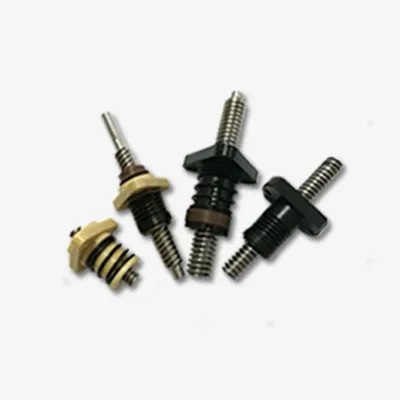Stepper motors play a crucial role in the world of industrial automation. Whether used in robotics, CNC machines, or 3D printers, stepper motors provide precise control over movement with their ability to move in discrete steps. With a wide range of applications, it's important to understand the key features and functions of stepper motors to choose the best one for your specific needs.
Step Resolution
One of the first things to consider when selecting a stepper motor is the number of steps per revolution. This value determines the motor's resolution and how finely it can control movement. Motors with higher step counts offer smoother motion and greater precision, making them ideal for applications that require precise positioning.
Torque
Another important feature to consider is torque. Torque is the rotational force produced by the motor and is crucial for moving loads. Stepper motors come in a variety of torque ratings, with higher torque motors being able to move heavier loads or overcome greater resistance. It's important to match the motor's torque rating with the requirements of your specific application to ensure optimal performance.
Speed
In addition to torque, speed is another critical factor to consider when selecting a stepper motor. The speed of a stepper motor is determined by its step rate, which is the number of steps it can take per second. Motors with higher step rates can move faster, making them ideal for applications that require rapid movement or high-speed operation.
Control Type
When it comes to control, there are two main types of stepper motors: bipolar and unipolar. Bipolar stepper motors offer more precise control and higher torque output but require a more complex drive circuit. Unipolar stepper motors, on the other hand, are easier to control but have lower torque output. The choice between bipolar and unipolar motors will depend on the specific requirements of your application.
Operating Voltage
Another important consideration is the motor's operating voltage. Stepper motors come in a range of operating voltages, and it's important to select a motor that is compatible with your existing power supply or driver. Operating a motor at the wrong voltage can lead to decreased performance or even damage the motor, so it's crucial to ensure compatibility.
Manufacturer Reputation
Finally, when selecting a stepper motor manufacturer, it's important to consider the quality and reputation of the company. Look for manufacturers with a history of producing high-quality motors that are reliable and durable. Reading customer reviews and seeking recommendations from industry professionals can help you make an informed decision.
In conclusion, navigating the world of industrial stepper motors involves considering a range of features and functions to ensure you select the best motor for your specific needs. By understanding the key factors such as step resolution, torque, speed, control type, operating voltage, and manufacturer reputation, you can make an informed decision that will meet the requirements of your application and provide optimal performance.


No comments yet